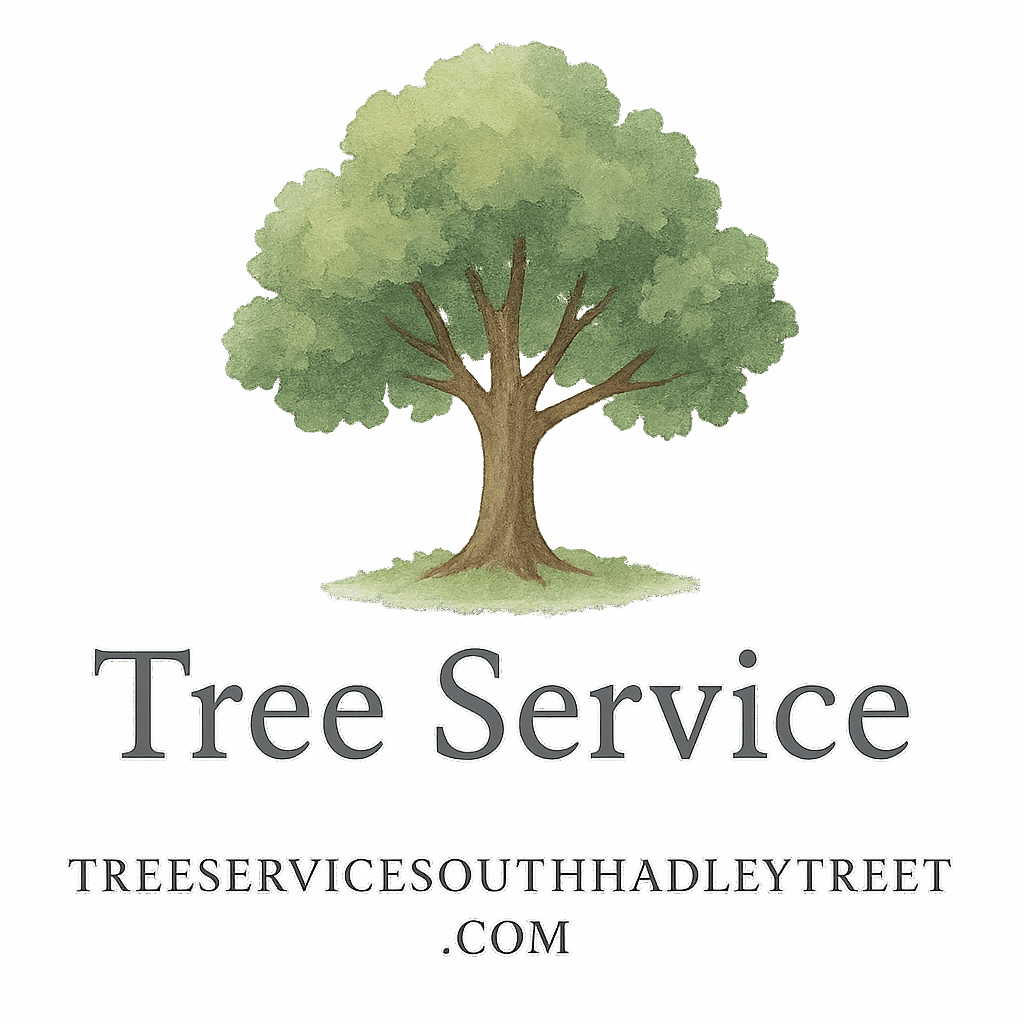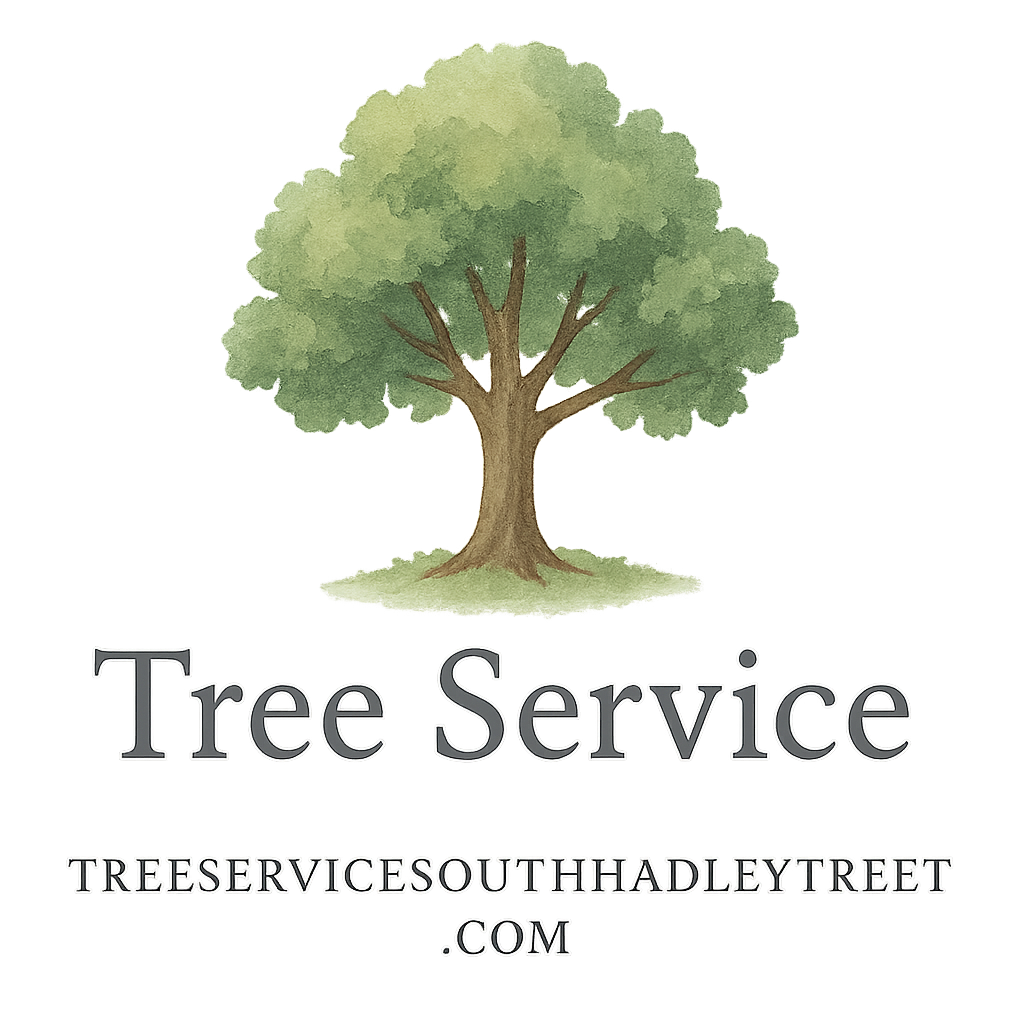Introduction
You know that saying, “An ounce of prevention is worth a pound of cure”? Well, that couldn’t be more true when it comes to caring for your trees. Annual tree service inspections are more than just routine checkups—they’re essential to protecting your property, your safety, and the health of your landscape. If you’re not scheduling them yet, this guide will give you 10 must-do inspections you shouldn’t skip.
And hey, we’re not just talking about aesthetics here. Think about falling branches, pest infestations, storm damage… the list goes on. So let’s dive into the top 10 tree service inspections you should have on your yearly calendar.
1. Tree Health Evaluation
Spotting Early Signs of Disease
Just like humans, trees show symptoms when they’re sick. Wilting leaves, strange growths, and discolored bark can all be red flags. Annual health inspections help catch these early so you can act before things get out of hand.
Check out our in-depth guide on Tree Health & Safety for what to look out for and when to call in the pros.
Tree Health vs. Tree Age
Not all old trees are unhealthy, and not all young trees are thriving. Age alone doesn’t determine vitality. Regular inspections ensure each tree is evaluated on its condition, not just its years.
2. Pest and Insect Infestation Check
Common Tree Pests to Watch For
Borers, aphids, and spider mites… oh my! Bugs can cause serious harm before you even notice they’re there. If you see chewed leaves, sawdust at the base, or oozing sap, it’s time for a pest inspection.
Prevention and Treatment Options
From natural predators to insecticidal sprays, there are plenty of options available. The trick is catching infestations early. Check our disease and prevention tags for more.
3. Structural Integrity Assessment
Checking for Weak Branches and Splits
Over time, branches weaken. An arborist can inspect for cracks and splits that aren’t visible from the ground. These can become dangerous during storms or high winds.
Trunk and Root Stability
Is your tree leaning? Mushrooms growing at the base? These could signal root issues that compromise the whole structure.

4. Soil and Root Health Inspection
Importance of Soil Composition
Healthy soil = healthy trees. Poor drainage or nutrient deficiency can stifle growth. Annual soil testing gives you a window into what’s happening underground.
Detecting Root Rot and Compaction
Root rot is a silent killer. Compacted soil can suffocate roots. Both are treatable if detected early.
5. Tree Trimming and Pruning Needs
Best Seasons for Pruning
Most pruning is best done in late winter or early spring—before buds break. But each tree species has its own timeline.
Aesthetic and Health Benefits
Beyond looks, pruning helps airflow, reduces disease risk, and promotes healthy growth. Learn more in our tree removal & trimming services.
6. Tree Growth and Space Analysis
Overgrowth into Utility Lines or Structures
Trees don’t know boundaries. Annual growth inspections help avoid issues with power lines, roofs, and fences.
Maintaining Balance and Canopy Shape
A lopsided tree isn’t just ugly—it can be dangerous. Keeping that canopy balanced avoids stress and breakage.
7. Disease Prevention Monitoring
Annual Treatments and Professional Advice
Sometimes the best offense is a good defense. Preventative sprays, mulching, and fertilization keep your trees resilient.
Internal Link: Tree Health & Safety
Our Tree Health & Safety page breaks down the best annual strategies to prevent tree diseases.
8. Emergency Risk Identification
Warning Signs Before Storm Season
Loose limbs, hollow trunks, or split bark? These are emergencies waiting to happen. Catch them early, especially before hurricane or snow season.
Internal Link: Emergency Tree Service
If you’re in a hurry, head straight to our emergency seasonal tree service page.
9. Seasonal Tree Service Planning
Spring vs. Fall Maintenance
Both seasons offer unique advantages. Spring is for growth checks; fall is perfect for pruning and prep.
Internal Link: Seasonal Tree Services
For tailored advice, visit our seasonal services section.
10. Overall Tree Service Checklist
Internal Link: Tree Service Basics
Not sure where to start? Our Tree Service Basics page has you covered with foundational knowledge.
Keeping Records and Scheduling
Track what services were done and when. This makes it easier to identify patterns and plan future care. Don’t forget to review costs and service details at Tree Service Costs & Hiring.
Conclusion
Your trees work hard year-round, providing shade, beauty, and even cleaner air. The least we can do is return the favor with annual inspections. It’s like giving your trees a yearly physical—they’ll thank you by growing stronger, living longer, and looking great.
Regular care is the difference between costly emergencies and a thriving landscape. And remember, your trusted local pros are just a click away: Tree Service South Hadley TNTETS
FAQs
1. How often should I inspect my trees?
At least once a year, but twice (spring and fall) is ideal.
2. What’s the best season for pruning?
Late winter to early spring is best, but it varies by species.
3. Can I inspect my trees myself?
Sure, but a certified arborist will spot what you might miss.
4. What are common signs of a sick tree?
Look for discolored leaves, peeling bark, fungus at the base, or sudden leaf drop.
5. How much does tree inspection cost?
Depends on the tree and service, but check our pricing tag for details.
6. Are emergency inspections different?
Yes—they focus on immediate hazards. Learn more here.
7. Do I need different inspections for different trees?
Absolutely. Each species has its quirks. Use our checklist to tailor your approach.


